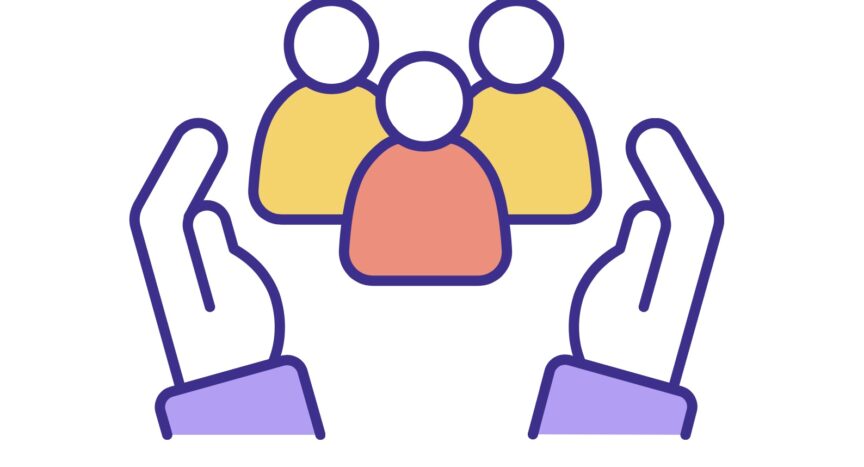Have you ever experienced a meeting at work where your gut feeling tells you that something discussed isn’t right?
Or perhaps you received an email and the tone created tension in you. You noticed the mind talk, and it annoyed and maybe even angered you. You wanted to respond but something holds you back.
There is more than self control at play, and here we explore other factors that hold you back in such situations.
Perhaps you’re concerned about upsetting the status quo? About treading on someone’s toes, fear personal conflict or even isolation in your team. I have been in that space many times. So how do you embrace the power of vulnerability?

The Challenge of Vulnerability
It is challenging to be vulnerable and express how you feel, particularly when it goes against the grain of thinking in the group. There are many factors that help me to tap into my vulnerability in a helpful way. But also experience has shown me that the conditions and work culture need to be right before people can feel safe to express their vulnerability at work.
Much is spoken about the benefits of vulnerability however my experience working with teams, I often witness a reluctance to be okay in naming vulnerability in group team meetings.
What is Vulnerability?
Vulnerability is being comfortable naming and identifying our weaknesses, or our lack of knowledge or discomfort with something. Particular challenges arise when your thinking about a project goes against the groupthink or when the power dynamics within the group are skewed. It requires skill and courage to express in words and behaviour who we really are and what we genuinely think and feel. It is having the skill to respectfully say I am not okay with that or I do need help in a way that garnishes the support from others.
This might sound easy, however in a complex working environment where there are deadlines, competing demands, and different egos at play this can be challenging. Often the brave person who calls it out and exposes their discomfort about something can experience social isolation, or even risk losing their job.
I regularly need to remind myself vulnerability is okay, and it is brave to embrace those moments when I am not sure. By doing so it helps me connect better with clients and remind myself our imperfections are a fundamental aspect of the nature of the human experience.
However, what I have found is that vulnerability doesn’t come easy all the time. I want to as much as possible show up as my authentic true self and name when I am sensing vulnerability. However, when there is a lack of trust, confusion and poor communication, my guard goes up. I mask my vulnerability.
How to Nurture Vulnerability?
When the conditions are right, we can nurture our vulnerability. Just imagine for a moment if we all removed that performance mask. We peeled away the different versions of ourselves. What would it look like? This version of self is less exhausting. We can be our true selves. In that self, vulnerability allows us to shine, warts and all.
Being vulnerable requires courage and authenticity. Which can be strengthened by building self-awareness and developing an understanding of our emotional landscape. In addition to awareness, it requires us to practice self-kindness.
Self-awareness without self-compassion becomes clinical and does not serve us well. Self-compassion creates a safe space and allows us to ventilate those insecurities without giving energy to the little inner critic who plays havoc in our minds. Such skills can be developed by regularly stepping back and engaging in mindful breaks throughout the day.
Habits To Connect To Your Vulnerability
For some vulnerability comes easy, for others who live their lives veiled with different masks it can be a challenge. Vulnerability takes time to nurture, and I have found the following habits help me to tap into my vulnerability:
- Engage in practices to deepen self-awareness. Self-awareness enables you to notice and observe when vulnerability is arising, rather than get lost in negative internal dialogue.
- Practice self-kindness. Often, we judge ourselves as weak when feeling vulnerable. Our vulnerability has a message.
- Assessing the environment, and if it is right, be okay in being vulnerable. This can be done skilfully by avoiding emotive or blame language particularly in the workplace.
E.g. There is a sense of discomfort in me about how the project is evolving. Would it be okay for the team to explore this further before we make a final decision?
- I am a big fan of the slow down movement, which paradoxically, makes me more productive. It enables me to tap into my vulnerable self as it arises rather than let the inner critic take hold. When I ignore my vulnerabilities and try to plough through them, before I know it, I am masking my vulnerable self through reactive unhelpful behaviours.
- Being okay to say no. Often we default to yes, as we choose not to show our discomfort about something. Sometimes it takes more courage to say no, rather than blithely agree with something when deep down you don’t agree with it.
Vulnerability In The Work Environment
Extending vulnerability to the work and team environment can be more challenging, but it can be done.
It requires leaders to champion and create an environment where people feel safe to be vulnerable. It requires staff to be skilful in identifying their present state and emotional literacy to express their vulnerability. Equally, team leads need to be comfortable with negative feedback and transparent in their response. When championing vulnerability in the workspace key foundations need to be in place to enable employees to be vulnerable.
From my experience, the following are key factors that contribute to creating a culture receptive to vulnerability:
1. Communication
Communication is a complex process. It is not just one way. It is collectively providing systems that support regular two-way communication. This communication needs to be driven both vertically and horizontally in the organisation. It is creating opportunities for employees to share both the good and the not so good experiences, and equally for management to demonstrate that they listen and act on the feedback. Employing a comprehensive communication framework encourages a speak up culture where vulnerability is embraced.
2. Trust
Employees need to trust the system and its leaders. Trusting the process requires staff to have faith in the system, the culture, and the operating structures an organisation has in place to achieve its goals. Trust is linked to the organisation’s lived values; it takes time to build. Once we trust the system, we can trust the environment is conducive to supporting vulnerability.
3. Respect
Respect comes in many forms. It is lived through the language we use, the actions we perform and the attitudes that are proliferated in the working environment, and ultimately how we respect ourselves. Respect is cultivated when employees are encouraged to listen deeply, to be curious and open about the different perspectives that exist within a team.
4. Equal Power Dynamics
Understanding the power dynamics at play is an essential ingredient to create a culture where vulnerability can be held. It is applicable in all types of relationships, between an employee and manager, a customer and clients and equally within our own personal relationships. Power can be very subtly exerted, and often not in a healthy way. There is no power dynamics at play with natural leaders who embrace vulnerability. Such leaders have an inner confidence, they surround themselves and encourage knowledge sharing to ensure the collective intelligence is greater than the intelligence of one. Such leaders acknowledge their responsibilities to lead, motivate and influence behaviours in line with the organisation’s values to achieve its goals. They lead by influencing and behaving in ways that energize and provide a platform for employees to be innovative and self-directed. Over controlling leaders stifle vulnerability.
It is only when the above factors are in place, a safe environment is created that supports vulnerability in the workplace.
The benefits of Tapping into our Vulnerability
There are a wide range of benefits associated with tapping into our vulnerability. From a personal perspective we embrace our true selves. There is the constant demand to project our best selves, and this is exhausting. Embracing, understanding, and ventilating our vulnerability provides space for us to understand ourselves better, practice self-kindness, and adjust, learn and grow from our vulnerability. From a work perspective vulnerability builds trust which acts as a driver for change and deepens connectivity between colleagues. It erodes the blame and group think culture, which drives innovation and creativity.
So, the next time, when that gut feeling is telling you something isn’t right, embrace it, assess the situation, its impact on you and the team, and tap into your courageous self.
Interested in developing skills to support you in tapping into your vulnerability? Our coaching is underpinned by a mindful framework which provides a safe space for you to explore and identify actions to unlock your potential. Click here to schedule an appointment.
Also, you are invited to join me on Wednesday May 24th at 10am for my next Mindful Connection. This free event provides the space to practice mindfulness and supports conversations on the benefits of an organisational approach to mindfulness. Register HERE.







